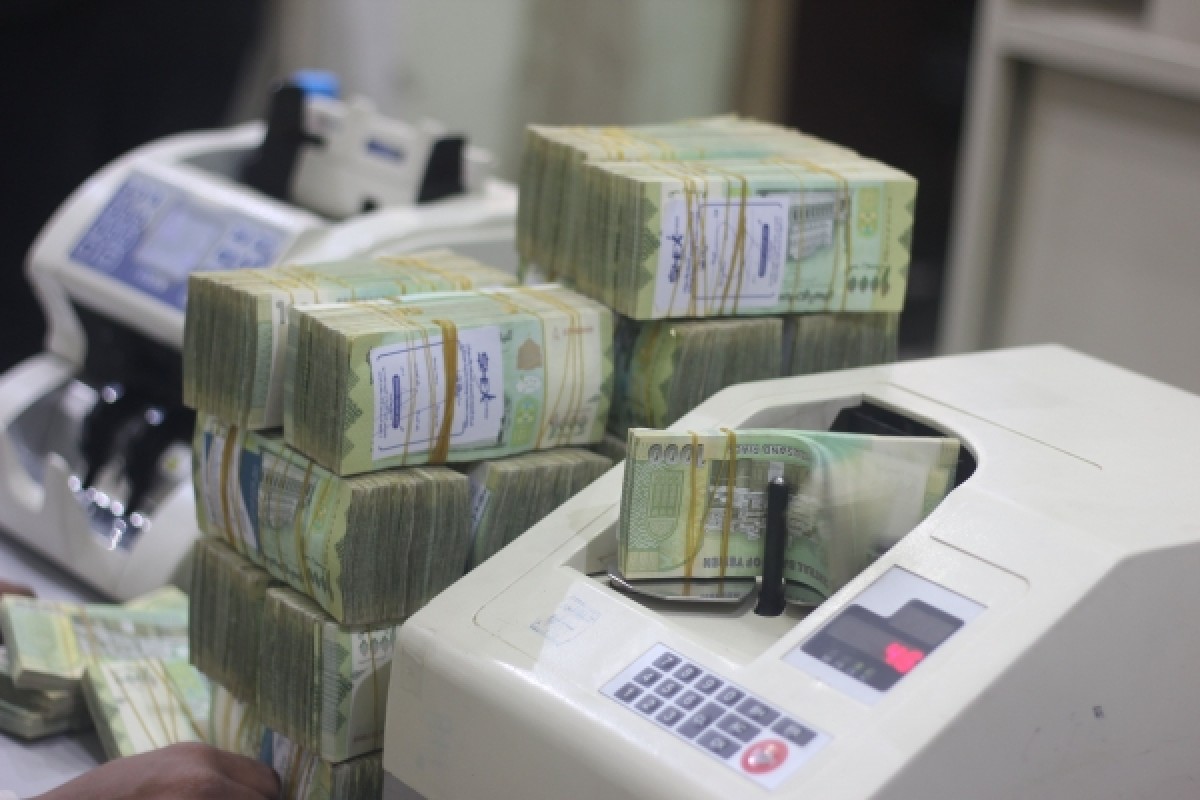Why the temporary improvement of the Yemeni riyal?!


It is known that since the decision of the Central Bank of Yemen to float the exchange rate, (supply and demand) has become the one that determines the exchange rates of the Yemeni riyal against foreign currencies in the local market. Whenever the demand for foreign currencies increases, their value increases and the price of the Yemeni riyal collapses, and vice versa in the case of Decline in demand.
In fact, we find that until yesterday morning, Tuesday, the exchange rate of one Saudi riyal against the Yemeni riyal was:-
402 to 404 riyals, and today it has become 388 to 392 riyals, of course for sale and purchase respectively.
Then why this improvement in the exchange of the Yemeni riyal?.
From my point of view, the political efforts taking place in the Saudi capital, Riyadh, regarding the Yemeni crisis, required those who move the purchasing power of foreign currency in the local market to be patient and slow down in anticipation of what political decisions the efforts and consultations might produce, and this is what made the demand for foreign currency decrease. Consequently, the price of the Yemeni riyal improved compared to yesterday’s prices, which had witnessed a significant deterioration during the last period.
For your information, politics has a close relationship with the economic aspect, which includes the financial and banking sector, and therefore we always find a correlation between the temporary improvement of the Yemeni riyal against foreign currencies with any stage of the political settlement in Yemen.
Of course, this improvement is temporary because it is due to political considerations that push to limit the demand for buying foreign currency, but the reality in terms of stopping the export of oil, the impact of the Gaza war on the volume of international aid, as well as the government’s failure in the economic aspect, they and other factors combined push towards more From the collapse of the riyal.